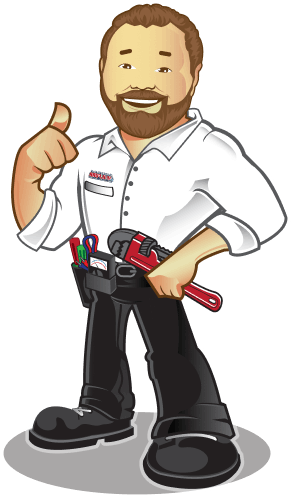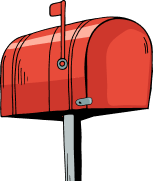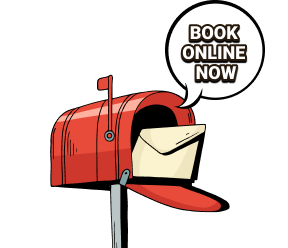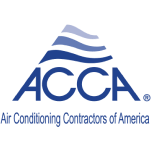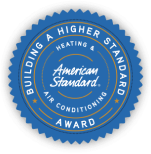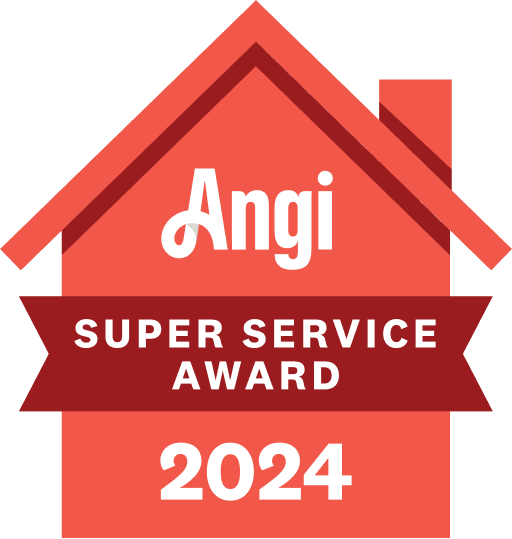A Plumber’s Guide to Summertime Plumbing Prep
When you look online these days, there are resources on every website for everything you can think of, and many of them say varying things. If you’re looking for ways to ensure that your plumbing system can handle your family’s needs this spring and summer, why not look at it from a plumber’s perspective?
We’ve asked our plumbing specialists how they personally prepare their homes for the year. Check out these simple steps you can take to maintain and prepare your home’s plumbing system.
1. Inspect & Upgrade Washing Machine Hoses
It’s a fact that people wash more clothes in the summer. Why? Because it’s hot! As adults, we find ourselves sweating through our first outfit of the day and switching things up for the evening, and with kids, the great outdoors doesn’t exactly lend itself to clean clothes. Summer laundry is never-ending.
With that in mind, be sure you visually inspect your washing machine hoses. You’ll find them in the back of your machine, and many older washers still have rubber hoses that should be replaced every three years.
It might be beneficial to have your old rubber hoses replaced with stainless steel, braided washing machine hoses for extra protection from hose bursts that cause leaks and serious flooding.
2. Check for Hidden Plumbing Leaks
Spring and summer are the best times to check your plumbing system for leaks, as winter weather can impact areas we can’t see. Summer is your chance to take care of any issues before cold weather comes back around.
Grab your flashlight and visually inspect each element of your home that uses water, both inside and outside. That includes faucets, showerheads, pipes under the sinks, bathtub spigots, outdoor spigots, water heaters, toilets, and sprinkler systems. Look for leaks, signs of leaks like rust and corrosion, and broken or bent parts that could be damaged.
It might help to have a few paper towels with you to reach beneath cabinets and in dark spaces to see if there’s any moisture. Take note of any leaks so you can have them fixed, as leaks can cost you hundreds of dollars each year.
3. Deep-Clean Your Garbage Disposal
With family and friends in your home, there’s bound to be an additional amount of pressure added to your garbage disposal. You might even have helpful friends and family who offer to do dishes, and that’s wonderful, but it’s extremely important to keep an eye on what goes in your garbage disposal.
Consider making a list of all the items that shouldn’t be put in your garbage disposal and sticking it by the sink. The list should include starchy items like pasta and potatoes, stringy, fibrous veggies, and grease, to name a few.
You can prepare your disposal by doing a thorough cleaning. Just toss in a few handfuls of ice cubes, followed by 1/2 a cup of salt. Run some water and turn on your disposal, letting it go for about two minutes, just enough time to crush the ice and allow the blades to rid themselves of built-up food particles in the process.
Turn off the water and pour about half a box of baking soda into the disposal, followed by 1 cup of white vinegar. Allow it to fizz for about 15 minutes. Lastly, unplug the disposal from the electricity beneath the sink and give the inside a good scrub with a dish brush.
4. Set Your Sprinkler System Up for Optimal Water Usage
There’s a right time to water your lawn. It’s suggested by lawn care experts that the best time to put your sprinkler system into action is in the early morning or the evening after the sun goes down.
Many homeowners intentionally set their sprinkler systems to go off in the middle of the day, hoping the water will be a good way to protect their lawns from the heat by drenching them in water when the sun is at its hottest. But the reality is that the water can actually evaporate from that extreme heat before it fully soaks into the ground.
By watering your lawn in the early morning or evening, you’re preparing your yard for the heat by pre-soaking it. Because you’re not wasting water that’s being evaporated as soon as it’s sprayed, you’ll end up saving money. Be proactive about water waste; your yard and wallet will thank you.
6. Optimize Your Sprinkler System Settings
Because spring and summer are known for their heavy storms and showers, it’s best to test your sump pump to be sure it’s operating correctly. This is something you don’t want to assume is working. A broken sump pump can mean thousands in flood damage.
To test your pump, pour a bucket of water into it. The pump should turn on automatically and begin to process the water. If you don’t want to wait, you can shut it off and remove the water once you’re sure that it’s working properly.
If you don’t have a sump pump, even if you don’t live in a flood-prone area, you should have one installed. They’re fairly reasonably priced, and when you compare the cost to a flooded basement, it’s a no-brainer.
7. Teach Kids Basic Plumbing Rules
Teach kids about how much toilet paper your toilets can handle, and talk about the importance of turning off the hose outside after you’re done using it. Simple reminders can go a long way. Make sure they know where the main water valve is and how to use it in case of plumbing emergencies such as burst pipes or overflowing toilets.
While some homes have shut-off valves in their yard or near the water main in the street, most home water shut-off valves are located in the utility room, which is generally in the basement, garage, or utility closet. It usually looks like a wheel with spokes; turn it to the right to stop the water.
When you have your next plumbing inspection, have your plumber confirm where your main water valve is.
8. Watch for Tree Roots Near Your Pipes
Have a few trees planted in front of your house? Most people do, and they’re beautiful during the spring and summer. But you need to keep an eye on their growth and how close they are to your water lines.
Any kind of tree growth can cause roots to make their way into your sewer lines in search of water, especially in the summer. If you suspect any damage, call a trusted plumber. Root intrusion is a common issue for pipes and can cause major damage if not handled immediately.
One of the best things you can do for your plumbing system is have a certified plumber perform maintenance once a year.
Contact us to schedule inspections, repairs, or replacements. We’ll even send a plumber to your home for free.






